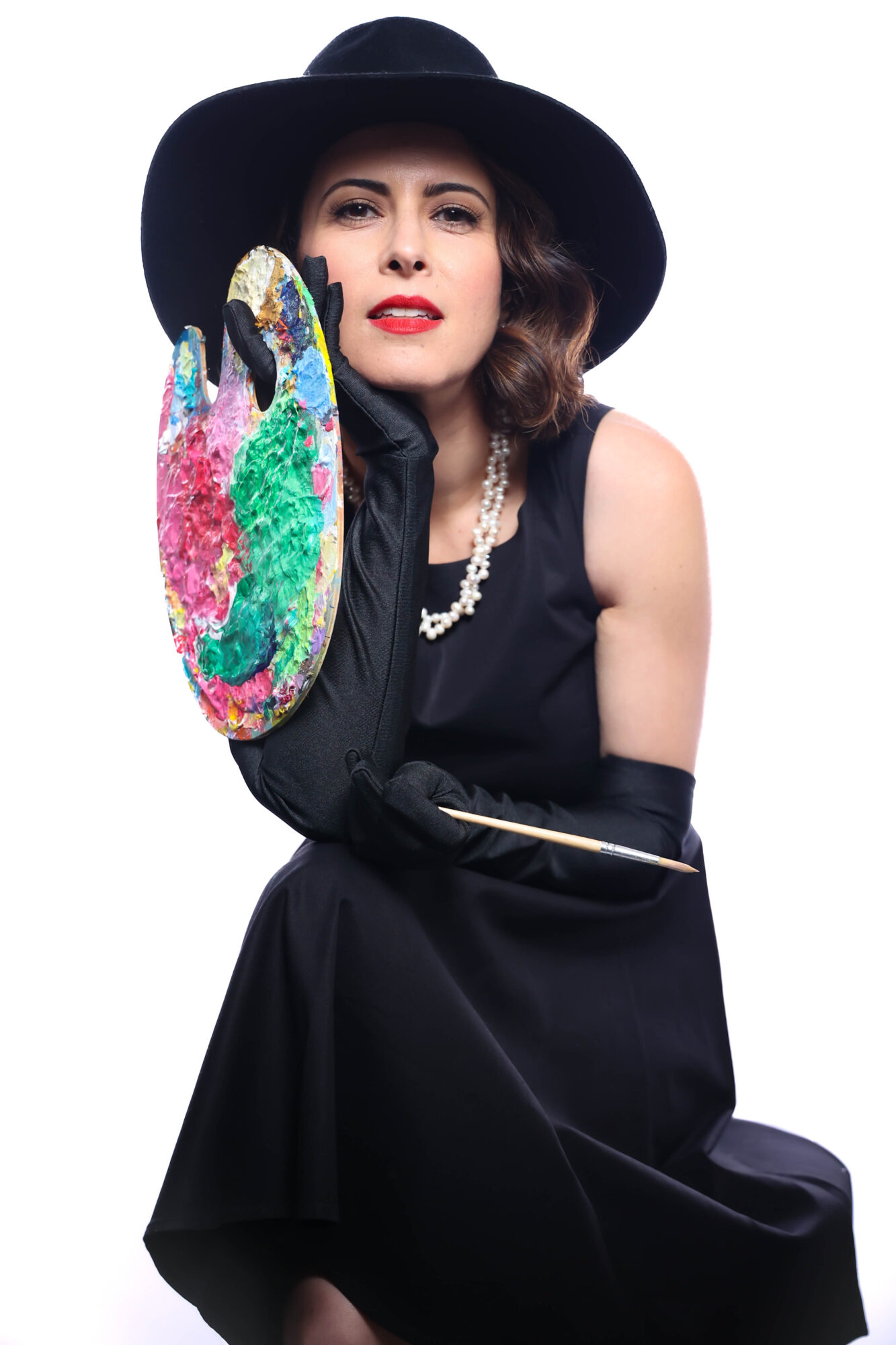

We’re looking forward to introducing you to Sheryl Benjy. Check out our conversation below.
Good morning Sheryl, we’re so happy to have you here with us and we’d love to explore your story and how you think about life and legacy and so much more. So let’s start with a question we often ask: When was the last time you felt true joy?
The last time I felt true joy was when I visited Monet’s home and garden in France—a dream I had cherished for years. When it finally came true, I was beyond thrilled. Walking through Monet’s garden was like stepping into one of his paintings. It’s an experience I believe every art lover should have. My husband, unsure of what to expect, was pleasantly surprised and ended up loving it too. We even found the most incredible gelato there—a perfect treat on a warm summer day. I hope to return someday when it’s less crowded so I can fully take it all in. Even so, I did my best to be present and absorb the atmosphere. Being there helped me connect more deeply with Monet’s work and better understand the world he created. I came home inspired.
Can you briefly introduce yourself and share what makes you or your brand unique?
I am an artist, teacher, and creative coach. In 2016, I founded something close to my heart: Body Art for the Soul. This work began with a fascination for the ceremonial and symbolic—a love sparked by henna tattoos and their ancient roots in Indian culture. Henna, a 5,000-year-old ritual meant to bless births and weddings with luck and happiness, captured my imagination and spirit.
Ironically, it was a henna artist who first saw the true artist in me. I had hired her for my daughter’s first birthday, and when she saw the art on my walls, she asked if I sold my work. I laughed—surely, she couldn’t be serious. But that moment flipped a switch. Something awakened in me. It marked the beginning of my healing, and the birth of the artist I was always meant to become. Today, that same henna artist is my best friend—a talented fine artist in her own right.
As I began painting others—bodies, faces, souls—I witnessed how art could transform. During our sessions, something sacred unfolded. I created my own ritual: lighting candles, burning sage, doing a guided mediation before our session began and preparing a safe and quiet space. With every brushstroke, I watched tension melt away. My models would drift into a meditative state, opening up about dreams, setbacks, hopes, and victories. These moments became deeply spiritual, as though I was connecting not just to their story, but to their soul.
Having seen my father battle depression—and having faced my own shadows—I knew I needed tools to heal. I found them in yoga, meditation, prayers, gratitude practices, and painting almost daily. Color became my medicine. I use vibrant hues because they elevate the spirit. Each one carries a vibration, a frequency, a light. Through this color therapy, I found joy again.
When a painting session ends and I see the reflection of joy, peace, and empowerment on someone’s face, it feels like magic. In creating that safe world for others, I broke free from my own inner confinement. I stopped living for others’ expectations and began honoring my own truth. It became a way to help others—especially women—reclaim their voice and live as their most authentic selves.
Canvas painting brings its own kind of medicine. When my art finds a home and I witness the light it brings to someone’s face, it feels like a divine confirmation-that this is my calling, my purpose. Watching my students transform after a session—glowing with self-confidence, calm, and focus—is a reminder of art’s quiet power. Teaching during the pandemic deepened this understanding. In a time marked by fear and anxiety, art offered refuge. A sacred, beautiful space for healing.
Now more than ever, we need these tools. We need art.
“The pursuit of art on a regular basis may be the key to healing our minds and bodies.”
—Kim Blair
Thanks for sharing that. Would love to go back in time and hear about how your past might have impacted who you are today. Who were you before the world told you who you had to be?
I was someone who knew how to listen to my inner voice-before I was taught to silence it. I was imaginative, sensitive, and open-hearted. I lived from within, not for approval. I then became incredibly compliant—always assuming that others knew better than I did, even when it came to who I should be. I didn’t trust myself anymore, or my intuition. In truth, I was never really taught how or encouraged to trust it. So I followed the voices around me instead of the one within me, and in the process, I lost myself. I lost my way.
That began to change when I finally started listening to my soul as I got older. I learned to trust myself, to tune into the quiet wisdom inside me, and to look for signs and guidance from above. I began doing the inner work—and then, just as importantly, learned to let go and surrender the outcome.
It’s been a journey. Not always easy, but absolutely worth it.
So dream your dream. Do the work. Let go. And watch the magic unfold.
If you could say one kind thing to your younger self, what would it be?
I would tell my younger self that you are perfect the way you are.
Alright, so if you are open to it, let’s explore some philosophical questions that touch on your values and worldview. What’s a cultural value you protect at all costs?
I’m Iranian Jewish, and I carry immense pride in my heritage. My ancestors endured so much so that I could live the life I have today—one filled with freedoms they could only dream of. Compared to my grandparents and great-grandparents, my life is far easier, but I never forget the sacrifices that made it possible.
They faced deep discrimination for their faith, and my parents were forced to flee Iran during the 1979 revolution, knowing the situation would only grow more dangerous for Jews. Sadly, they were right—those who stayed behind suffered greatly.
I’m especially grateful to be a woman living in the U.S., where my daughter has the right to dress as she chooses, to show her hair, to walk freely—without the fear of violence or oppression. That freedom is not taken for granted.
These truths and emotions find their way into my art. Through it, I honor my roots, my family’s resilience, and the privilege of the life I now lead. And I will proudly pass it down to my children and to my future grand children.
Thank you so much for all of your openness so far. Maybe we can close with a future oriented question. When do you feel most at peace?
I feel the most at peace when I am painting or playing the piano.
Contact Info:
- Instagram: @sherylbenjy_art
- Linkedin: @sherylbenjy
- Facebook: @sherylbenjyfineartist
- Youtube: @sherylbenjy
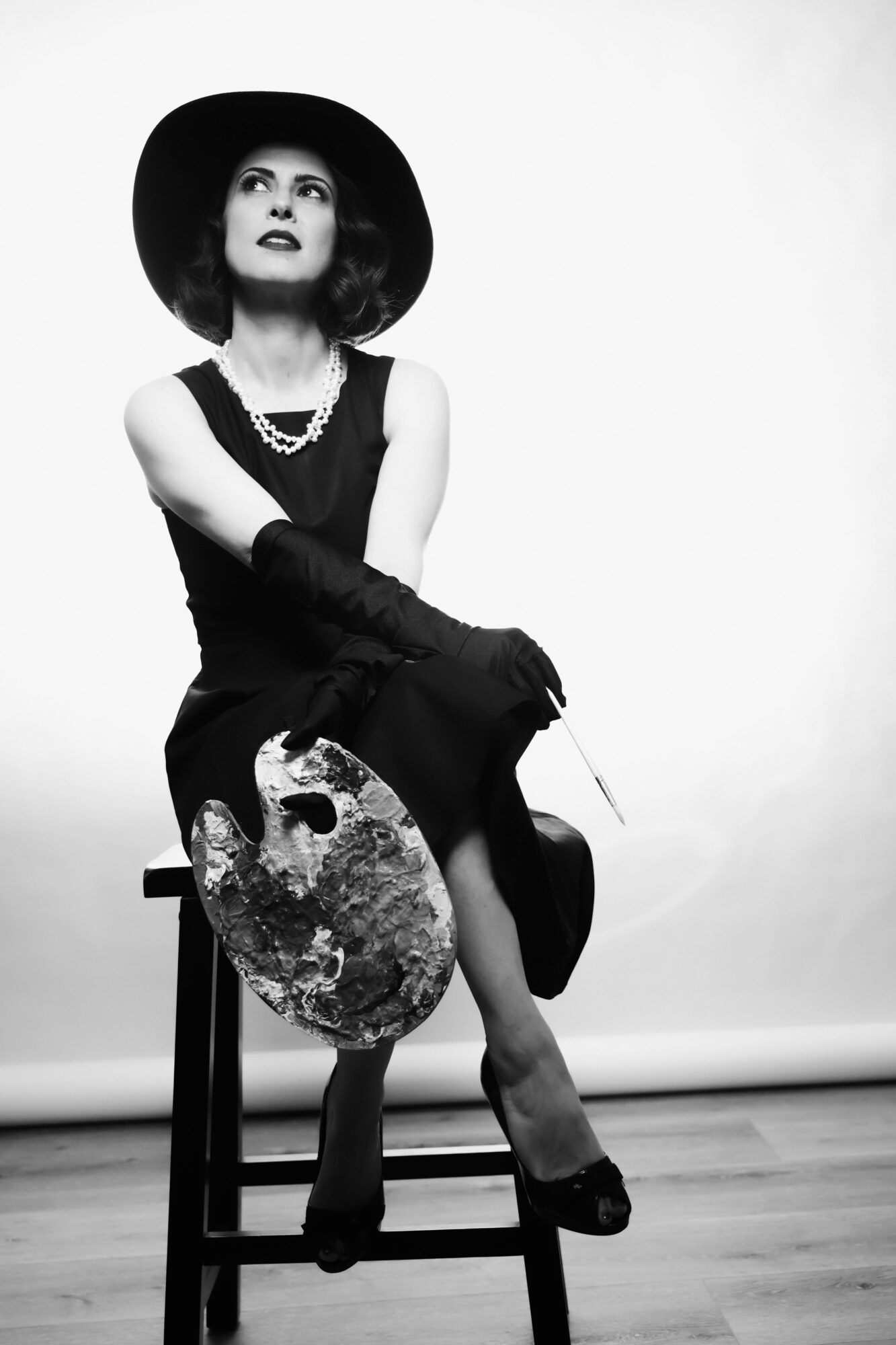
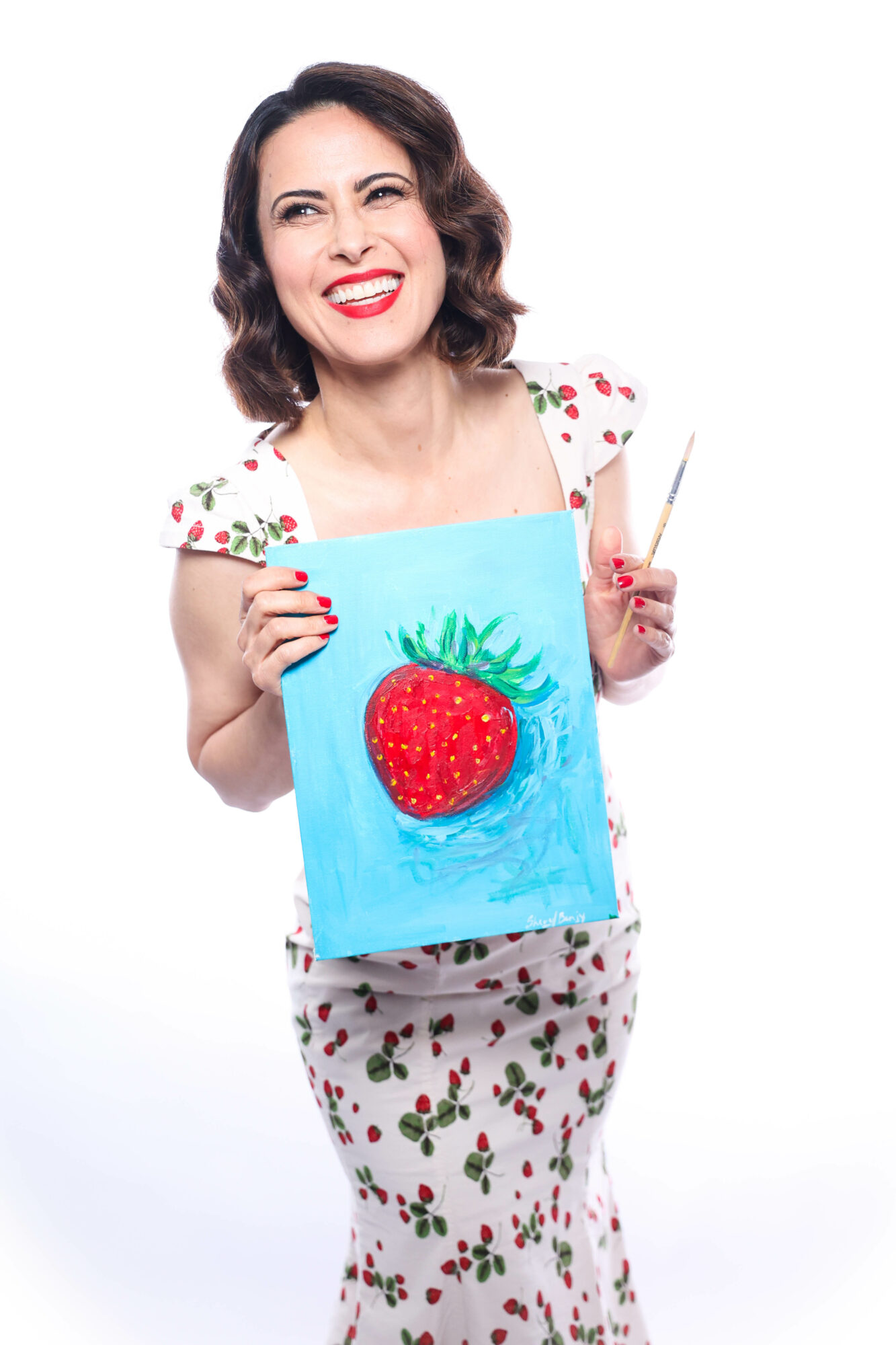
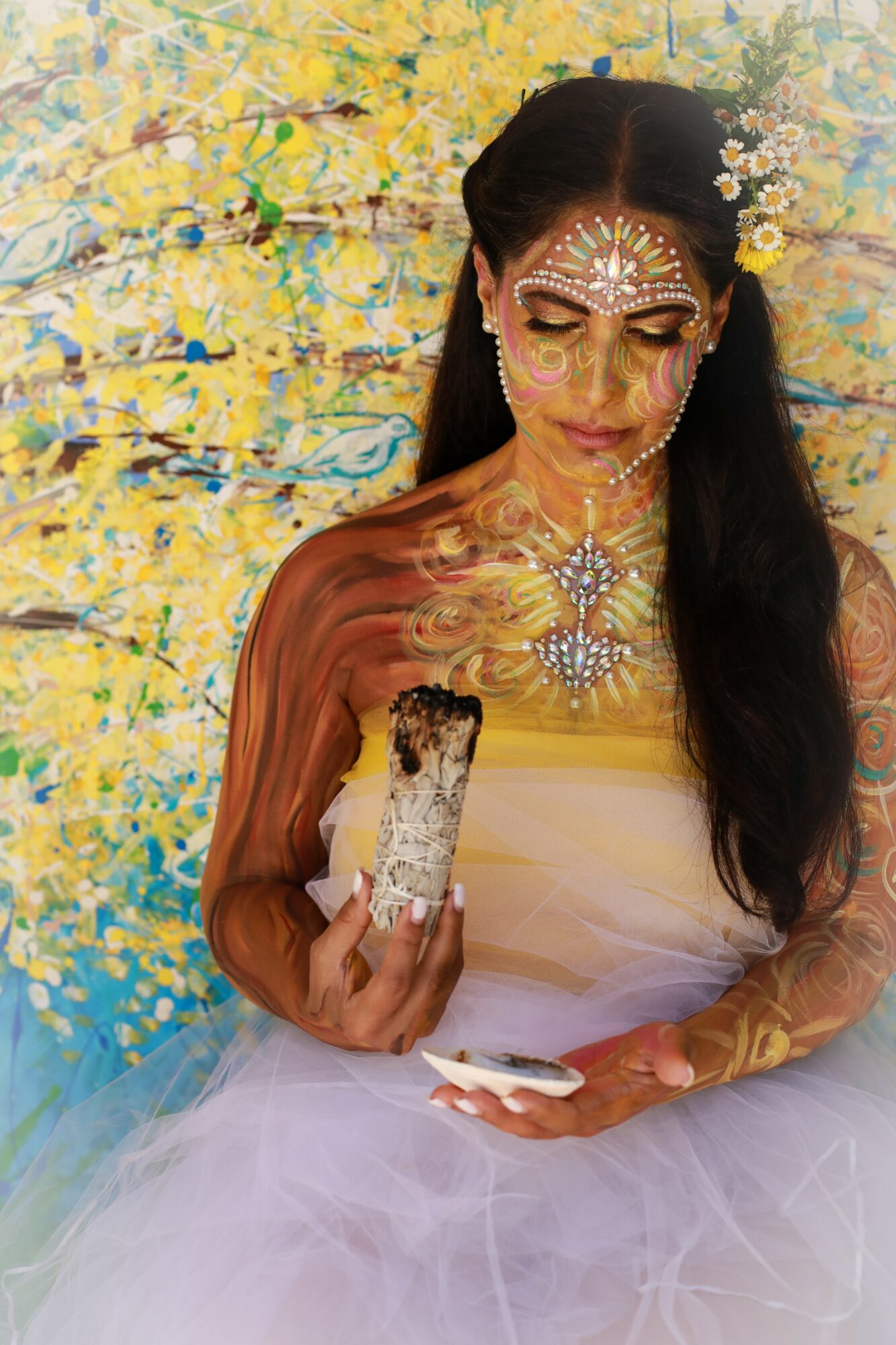
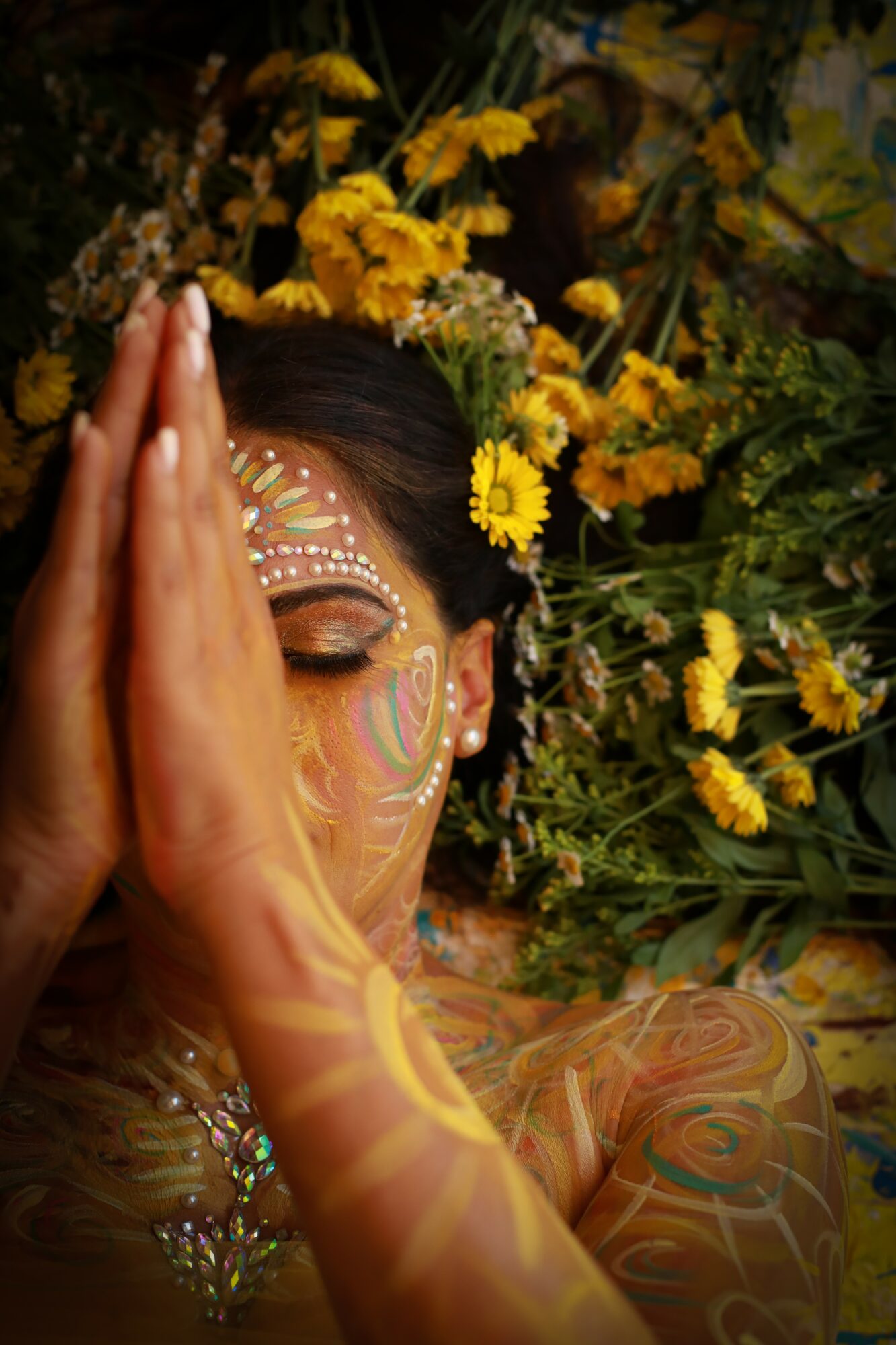
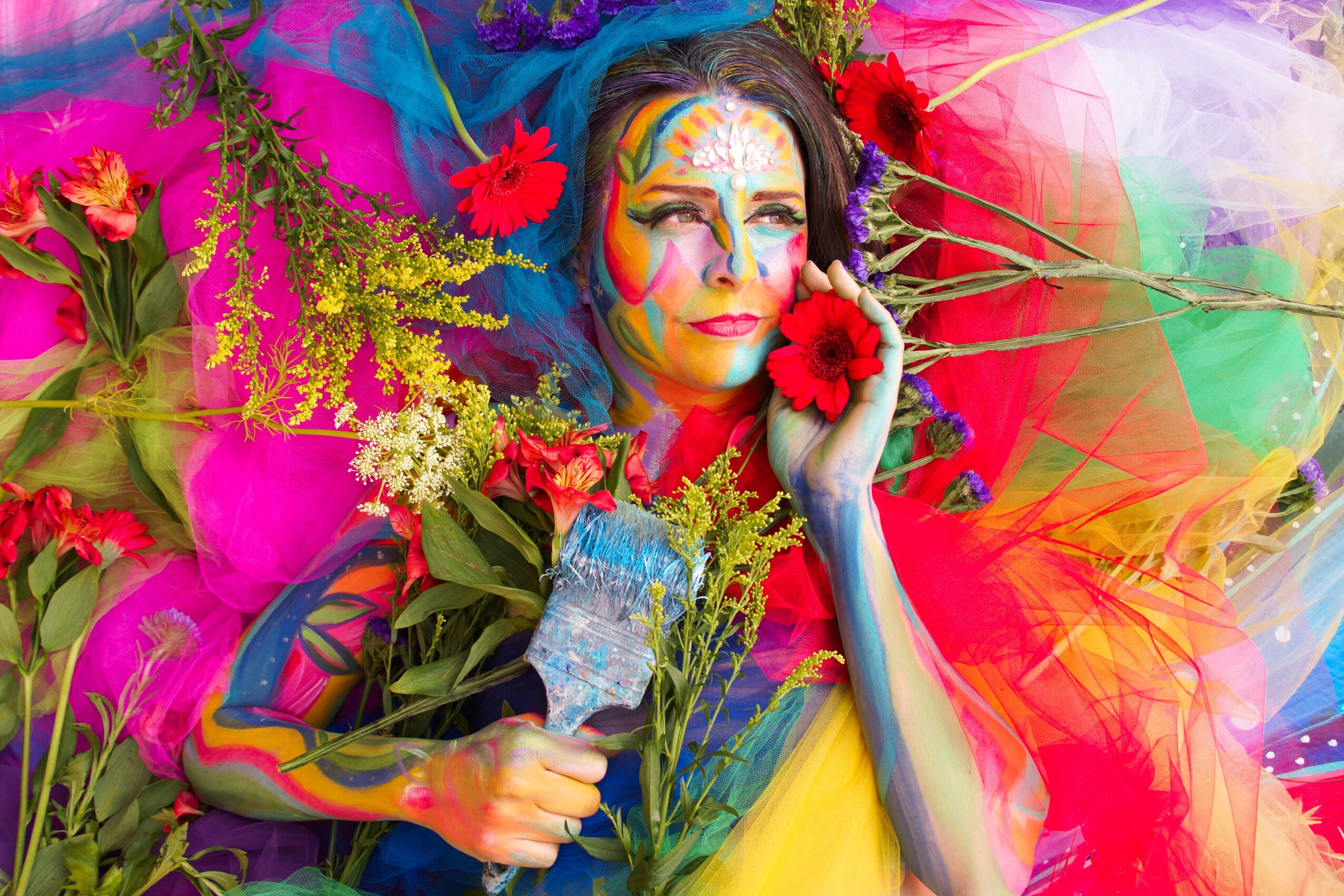
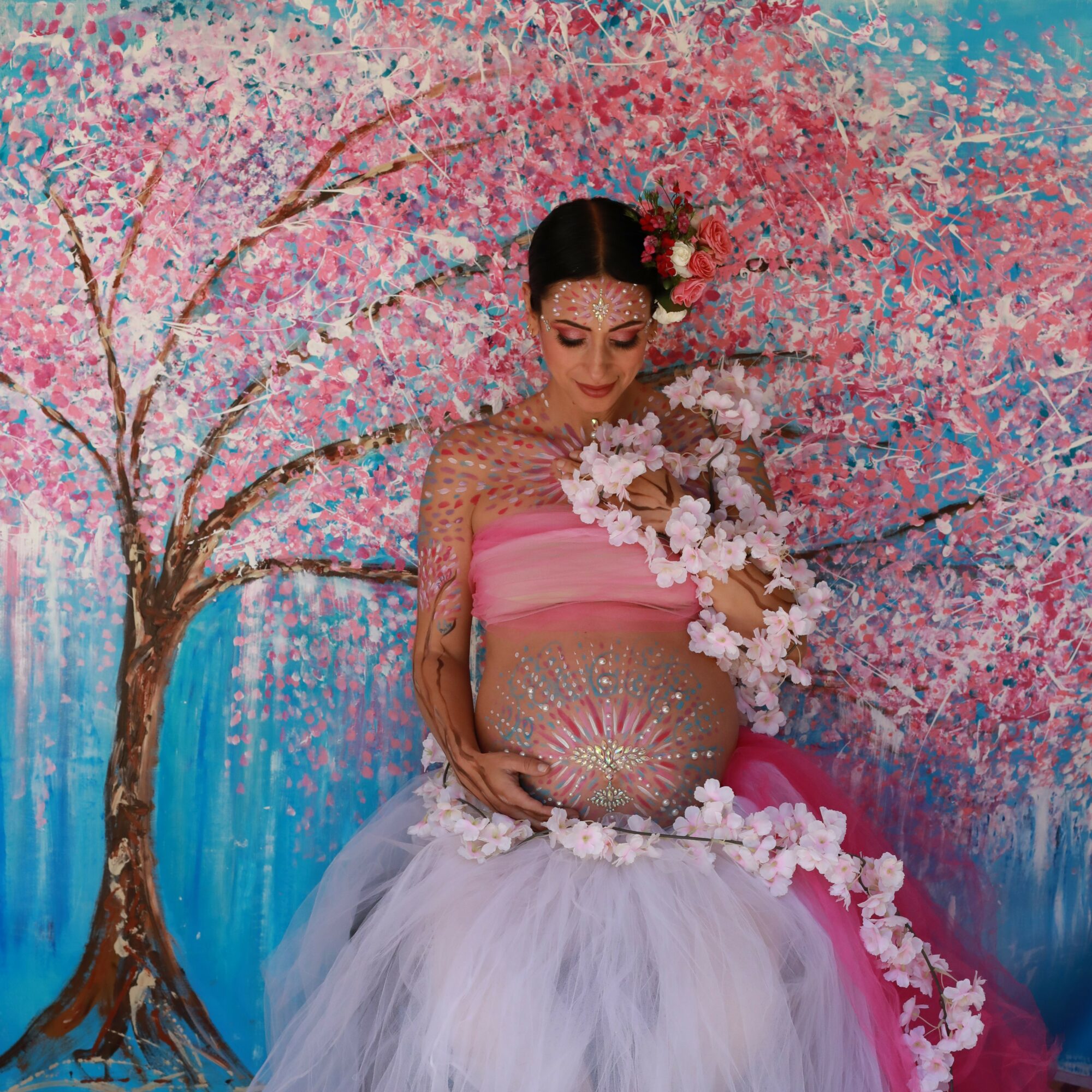
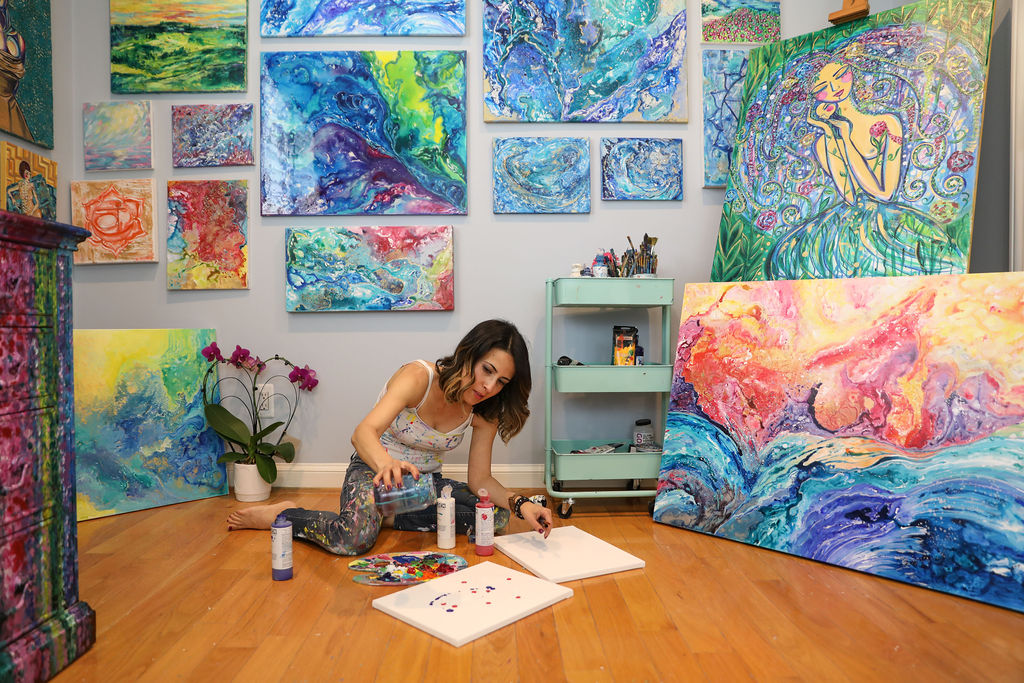
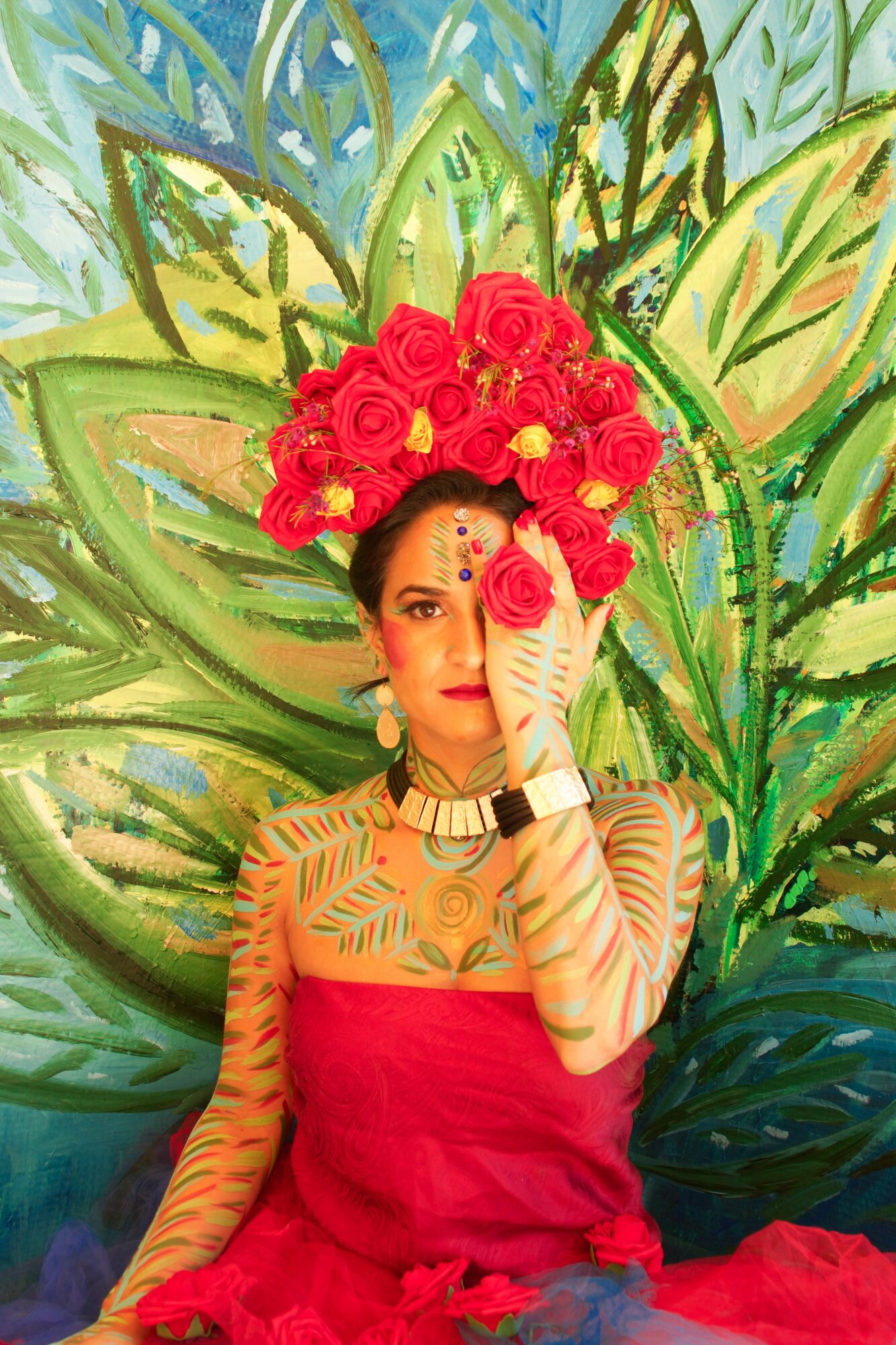
Image Credits
Photo Credit: Kimberlee Peterson and Sheryl Benjy














